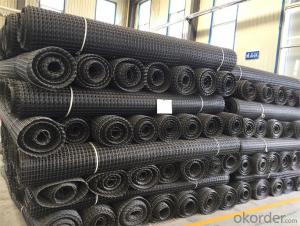Nonwoven geofabrics have been an integral part of the construction industry for many years, and they provide a flexible and dependable solution for different applications. It is known for being strong, permeable, durable and ability to resist environmental stressors since it is made up of synthetic polymers including polyester or polypropylene. This fabric is more than just some piece of cloth; it is a crucial ingredient that determines the success of several civil engineering projects.
Non-woven Geotextile Fabric as a Versatile Product
The first thing you realize about non-woven geotextile fabric is its versatility. This is not merely another material with one specific purpose but rather it can be used in numerous ways. Whether you need it to reinforce soil during construction works or serve as an underlayment on roads and railways, this textile does everything. It reminds me somehow of Swiss army knife in the world of building.
A Closer Look at the Material
When you examine non-woven geotextile fabric closely, you will determine that it does not resemble woven fabrics. Instead, there’s a process through which fibers are randomly placed together before being bonded together. This unique method provides strength to the fabric making it bear pressure.
Environmental Benefits
One great feature about non-woven geotextiles is their eco-friendliness. The fact that these products are made from synthetic materials means they do not degrade naturally thus remain good for use over time without having to be replaced hence making them sustainable choices in construction.
Applications in Construction
In construction, where nonwovens play important roles are ubiquitous throughout the industry spectrum like retaining walls to drainage systems . A key element in any construction project requiring stability and longevity while preventing erosion through reinforcement of soil happens to be this amazing stuff.
The Role in Road and Railway Construction
For road and railway constructions nothing beats non-woven geotextile fabric. It builds a strong foundation for these structures that will ensure they remain solid and operational even in the long run. This material could be said to be the unsung hero of the transportation infrastructure, working quietly behind the scenes to keep things running smoothly.
Aesthetic Appeal
Apart from functionality, non-woven geotextile fabric is designed with aesthetic value in mind. The texture and color of this material can add a dash of uniqueness to any work making it popular among those who wish to marry form with function.
The Future of Non-woven Geotextile Fabric
Looking into the future, non-woven geotextiles have ever increased use in construction. Today’s technological advances and developments in materials should provide more ground-breaking applications for this textile going forward. It is not just about what it can do now but also its prospective uses in future.
Personal Reflection
During my childhood days I used to find myself staring at construction sites as I passed by. There was something magical about raising a structure from scratch. When I read about nonwoven geofabrics for the first time, their simplicity and efficacy captivated me instantly. It’s an example of how innovation can change everything; building has no limit when it comes to possibilities like these ones do
Finish
To sum up, non-woven geotextile fabric involves not just a material but the progress and development of construction. It is an essential and beneficial product for any building job since it is flexible, strong and environmentally friendly. Going forward, we can say that non-woven geotextile fabric will define the future image of our residential area as we try to explore new limits.







